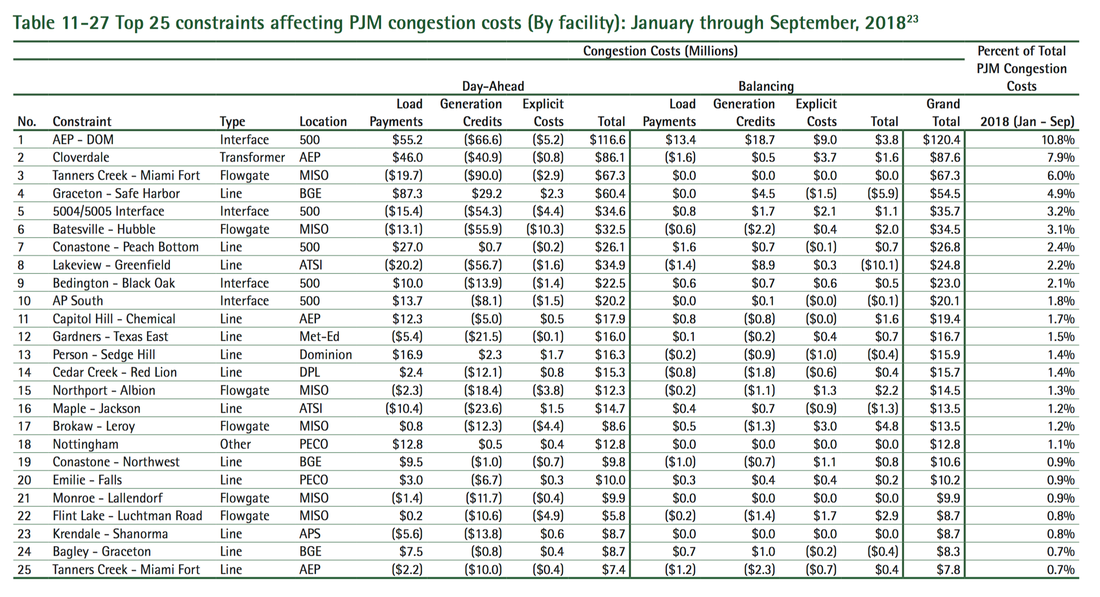In its recently released Quarterly State of the Market Report, the MMU recommended:
The MMU recommends that PJM reevaluate the rules governing cost benefit analysis and cost allocation for economic projects. (Priority: Medium. New recommendation. Status: Not adopted.)
Let's combine this with one of MMU's long standing recommendations:
The MMU recommends the creation of a mechanism to permit a direct comparison, or competition, between transmission and generation alternatives, including which alternative is less costly and who bears the risks associated with each alternative. (Priority: Low. First reported 2013. Status: Not adopted.)
But because Transource was granted an "incentive" to build its project by the Federal Energy Regulatory Commission that allows the company to recover all its sunk costs on the project (plus 10.4% return on its equity), no harm will come to Transource or PJM if they continue this unneeded project. All the cost and risk is borne by electric consumers.
How unneeded is this project? A look at the MMU's Congestion and Marginal Losses report section informs that congestion is now elsewhere. The AP South Interface is a minor issue.
Differences in CLMP among eastern, southern and western control zones in PJM were primarily a result of congestion on the AEP - DOM Interface, the Cloverdale Transformer, the Tanners Creek - Miami Fort Flowgate, the Graceton - Safe Harbor Line, and the 5004/5005 Interface.
The AEP - DOM Interface was the largest contributor to congestion costs in the first nine months of 2018. With $120.4 million in total congestion costs, it accounted for 10.8 percent of the total PJM congestion costs in the first nine months of 2018.
Once a project is approved and ordered, PJM will never admit failure. Instead, PJM will continue to prop up unneeded market efficiency projects and throw good money (OUR money) after bad through questionable cost benefit analyses that keep the project (barely) alive.
There's no amount of magic math that will make the Transource IEC economically beneficial. It's time to let this project go. PJM has had plenty of opportunity to fall gracefully on its sword and stop the ratepayer bleeding. Its recent re-evaluation of IEC was rigged, and even then IEC barely jumped the threshold. Another opportunity arose when Transource recently adjusted its in-service date ahead 5 months. PJM's Designated Entity Agreement with Transource required the project to be in-service by June 2020. PJM could have cancelled the project instead of allowing the in-service shift. The failure to meet milestone dates in the DEA is a breach of contract, and in that event PJM (the Transmission Operator) can default on the DEA. Over and done.
Instead, PJM keeps wasting our money on its bad idea. PJM is failing consumers. Not only that, now it's been called out on its failure by its Market Monitor. It's time to cancel the Independence Energy Connection.

 RSS Feed
RSS Feed